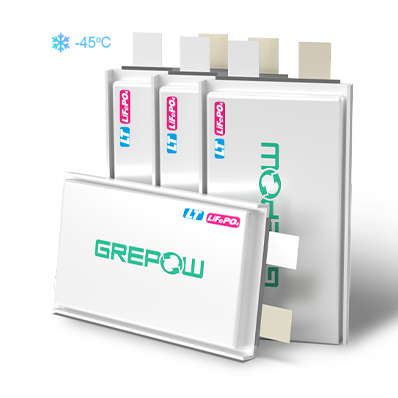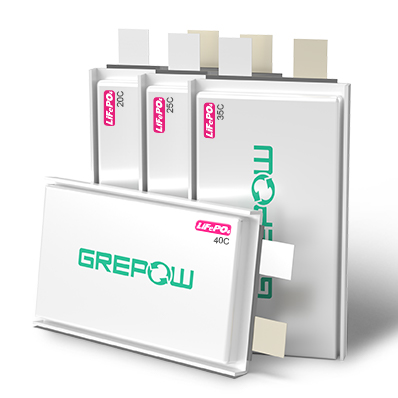What is DOD for LiFePO4 batteries?
What is DOD?
The depth of discharge (DoD) of a battery represents the percentage of the battery that has been discharged relative to the overall capacity of the battery.
We assuming that the battery has a nominal capacity of 100 kWh and discharges 30 kW in 1 hour, this parameter will measure the depth of discharge of the battery. Its DOD is (30x 1) / 100 = 30%. The more frequently the battery is charged and discharged, the shorter its service life. It is generally not recommended to completely discharge the battery, as that will greatly reduce the battery life. Many battery manufacturers have specified the recommended maximum DoD for the best battery performance. For example, if the manufacturer of a 10 kWh battery recommends a maximum DoD of 80%, the battery should not use more than 8 kWh without charging. You will see why DoD is an important factor to consider: Higher DoD means you can use more energy stored in the battery. Today, the DoD of many modern lithium-ion batteries reaches 100%. The "cycle life" of a battery or the number of charge/discharge cycles in its life depends on how much battery capacity you typically use. If you regularly discharge the battery with a lower percentage of charge, it has more useful cycles than often draining the battery to its maximum DoD. For example, a battery may have 15,000 cycles at a DoD of 10%, but only have 3,000 cycles at a DoD of 80%.
What is SOC?
There is also a relative data is the State of Charge (SoC), which is the opposite of DOD. It is the ratio of the remaining power of the battery, which is equal to the remaining power of the battery / the total power of the battery. SoC = 0% means that the battery is completely discharged. 100% means the battery is fully charged.
What is deep cycle batteries?
Deep cycle batteries seem to be more commonly used on lead-acid batteries, because lead-acid batteries are not recommended for deep discharge, which will cause permanent damage to the battery, so most lead-acid batteries have a discharge depth of only 50 ~ 80%. However, the advantages of lithium batteries are not only high capacity, but also 100% full discharge, no memory effect and without maintenance. That means the lithium batteries allow the complete discharge, that is to say, of 100% of its power. We can equate battery cycle life with battery life. Manufacturers usually declare cycle life as a certain DoD value. The larger the DoD per cycle, the shorter the available cycle time. At 10% DoD, the LiFePO4 battery's cycle life may be as high as 14,000 times, while at 100% DoD, the battery's cycle life maybe only 2,000 to 3,000 times (conservative estimate). Therefore, we often say that cycle life refers to the data in the case of 100% deep discharge. The Grepow LiFePO4 batteries can perform over 4,000 cycles with 80% DOD. For more information about this series of battery, please view this page: Highly Safe Lifepo4 Battery Supplier | Grepow
Learn more about battery
Keep an eye on Grepow’s official blog, and we’ll regularly update industry-related articles to keep you up-to-date on the battery industry.
Grepow: https://www.grepow.com/
Grepow Blog: https://www.grepow.com/blog.html
Related Articles
-

High Voltage Batteries: Basics & Applications Guide
2025-02-28 -

Semi Solid State Battery vs Lifepo4 Battery: What's the Difference?
2025-01-20 -

How Drone Light Shows Are Created and Key Battery Power Requirements
2024-10-21



















































